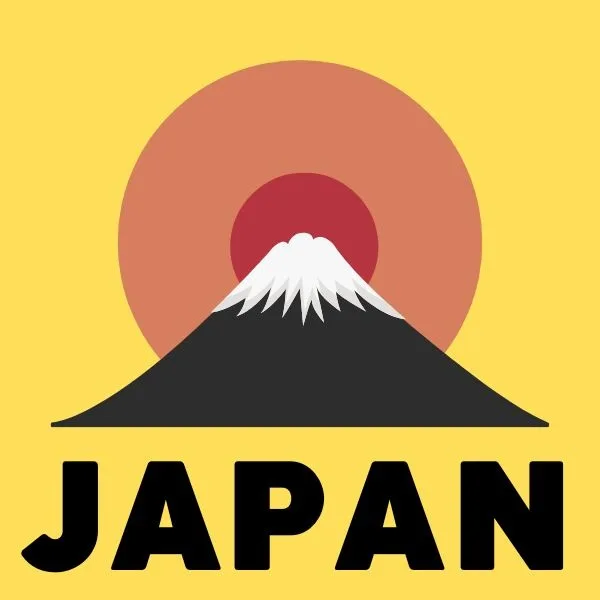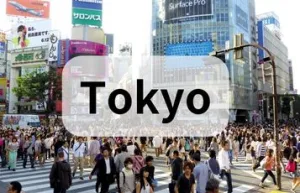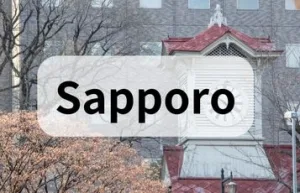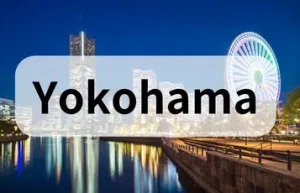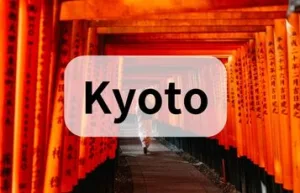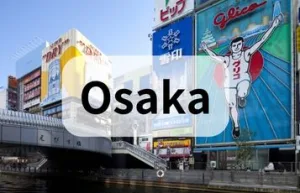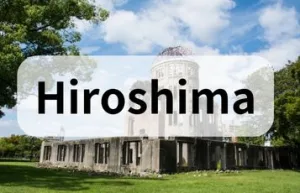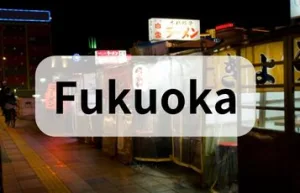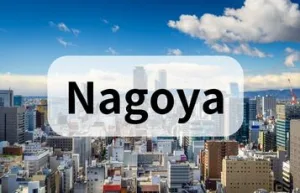Welcome to Japan, a country loved by more than 20 millions of visitors each year. As locals, we understand the challenges tourists face when using our transportation system.
This guide offers tips and recommends the best tickets to make your trip easier and more enjoyable.
Our FAQ section provides more information on tickets, pricing, suggested attractions, handling delays, and etiquette. By following our advice, you’ll plan your trip with less stress and have a fantastic time in Japan!!
Common Challenges When Traveling in Japan
Before visiting Japan, it’s wise to be aware of and prepare for common challenges foreign tourists coming to Japan may face during their trip.
- Language Problems: Japan’s trains, buses, and subways are very good, but it can be hard for visitors to understand the signs and announcements because they are in Japanese. In Tokyo, signs in multi languages are becoming popular.
- Complex Subway and Train Systems: Big cities like Tokyo have many train and subway lines that can be confusing for people, even locals, who are visiting especially for the first time.
- Finding Cheap Ways to Travel: There are many ways to travel in Japan, and it can be time consuming for visitors to know which options are the best and cheapest for their needs.
- Staying Connected to the Internet: It’s important for travelers to have good internet, but it can be tricky to find the best way to stay connected in Japan.
- Getting the Best Deals: Finding good prices and special offers on transportation passes and tickets can be hard without knowing where to look or getting help from local people.
Tips and Recommended Tickets
Here’s our tips and recommendations to help you overcome the common challenges when traveling in Japan. We’ll also share some great-value tickets, so be sure to make the most of them.
Train and Subway
Japan has very good trains and subways. They are clean and always on time. The big train company is called Japan Railways (JR) once national but now privatized. They have fast trains called shinkansen that go between big cities. In Tokyo, there are many subway lines run by Tokyo Metro and Toei Subway. Other big cities like Osaka, Kyoto, and Nagoya also have good subway systems. The signs in the stations have English words, so it’s easy for visitors to understand. You can buy tickets at machines that have English words or at the ticket office. You can also use a prepaid IC cards called Suica and Pasmo to ride the trains and subways without using money.
Airport Transfer
Japan has good ways to get from the airport to the city. At big airports like Narita(NRT) and Haneda(HND) in Tokyo, Kansai(KIX) in Osaka, and Chubu(NGO) in Nagoya, you can take a bus or a train. Buses go to the city center and hotels.
Some buses, called limousine buses, are more comfortable. Trains like the Narita Express and Keisei Skyliner go from Narita Airport to the city. The Tokyo Monorail and Keikyu Line go from Haneda Airport. Taxis are also there but cost more money.
Internet Connectivity
Two convenient and cost-effective options for staying connected are public free Wi-Fi and an eSIM. Many hotels, cafes, shopping malls, public spaces, and even some train stations and fast trains in Japan offer free Wi-Fi. For a more consistent and reliable connection, consider using an eSIM, which is a virtual SIM card that can be easily installed on your compatible smartphone.
This eliminates the need for a physical SIM card or a separate device and allows you to enjoy internet access anywhere you travel in Japan while avoiding potentially expensive international roaming charges.
All-in-One Package
FAQ and Additional Information

Purchasing Tickets and Validity
- For train tickets, we recommend making the most of available discount tickets whenever possible. Only purchase regular tickets from ticket counters or machines when there are no discount options available or when you’re in a hurry. As introduced in this post, Tokyo Subway Ticket enables unlimited rides on Tokyo Metro and Toei Subway lines for 24, 48, or 72 hours. Suica or PASMO IC cards is rechargeable smart cards that can be used on most trains, subways, and buses not only in Tokyo but also most of other big cities in Japan.
- Be sure to check the validity period and covered areas for each ticket before purchasing. Some tickets may have limited validity or may only cover specific regions.
Using Japan’s Transportation System
- Japan’s public transportation system is efficient and punctual. Trains and subways are well-connected, making it easy to travel between cities and regions.
- Train cars are generally quiet. Some people even take naps during their rides! While talking inside the train is perfectly fine, please be aware that excessively loud conversations may draw people’s attention.
- Train stations have signage mostly in English, Korean, Chinese and Japanese, and many train announcements are made in those languages. However, it’s always a good idea to have your destination written in Japanese to show station staff if needed.
- Rush hours in major cities like Tokyo can be extremely crowded. If possible, try to avoid traveling during peak commuting hours (usually 7:30-9:30 AM and 5:30-7:30 PM on weekdays).
Pricing and Comparison
- Ticket prices vary depending on the type of pass and duration. Be sure to compare prices and consider your travel plans when choosing the most cost-effective option for your needs.
- In Japan, for both trains and buses, children who haven’t entered elementary school yet (preschoolers) can ride for free, while elementary school students pay half the adult fare, and students in middle school and above pay the full adult fare.
- Adult: 12 years and older (even if a 12-year-old is still in elementary school)
- Child: 6 years to under 12 years (even if a 6-year-old hasn’t entered elementary school yet)
- Toddler: 1 year to under 6 years
- Infant: Under 1 year
- Purchasing individual tickets for each journey may be more expensive than buying a pass that covers multiple trips or unlimited travel within a specific period.
Recommended Attractions and Sightseeing
- Many of the tickets mentioned in this guide provide access to popular tourist destinations, such as Tokyo Skytree, Asakusa Temple, and Hakone.
- Use your tickets to explore lesser-known areas and experience local life in Japan. Don’t hesitate to ask locals or station staff for recommendations on hidden gems or unique experiences.
Handling Delays and Disruptions
- Japan’s transportation system is known for its reliability, but delays and disruptions can still occur due to weather, accidents, or other factors.
- Unfortunately, in major cities like Tokyo and Osaka, train delays can occur due to incidents such as suicides. In such cases, trains may be significantly delayed, or transportation alternatives (when train operations are suspended, passengers may be able to use other railway companies’ routes by showing their current tickets, allowing them to bypass the affected section) may be provided. In that case, please ask station staff or observe the movement of people around you, and respond flexibly to the situation.
- Check train operator websites or apps for real-time updates on delays and cancellations. Station staff can also provide information and assistance in case of disruptions.
Etiquette and Tips
- Be mindful of other passengers and follow Japanese etiquette when using public transportation. This includes refraining from talking loudly on the phone, as previously mentioned, eating, or drinking on trains and subways.
- On escalators and stairs in public transportation, it has become common practice to keep one side open for those in a hurry. Interestingly though, there are regional differences – in Tokyo and other cities, the right side is always kept open, while in the Kansai region like Osaka and Kyoto, the left side is kept open. There are various theories about the reasons, but when you visit Kansai, try keeping to the left side to blend in like a local resident!
- If you have large luggage, try to avoid traveling during peak hours and use designated luggage areas on trains when available.
